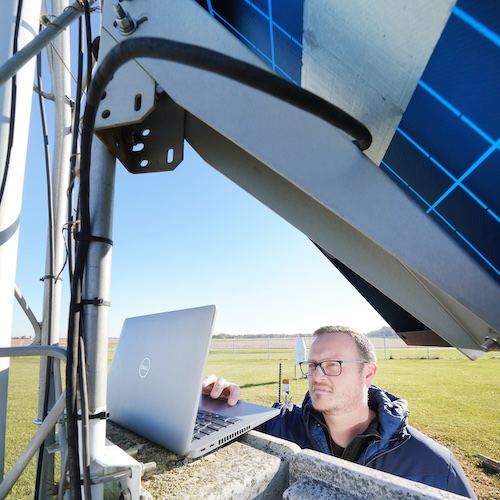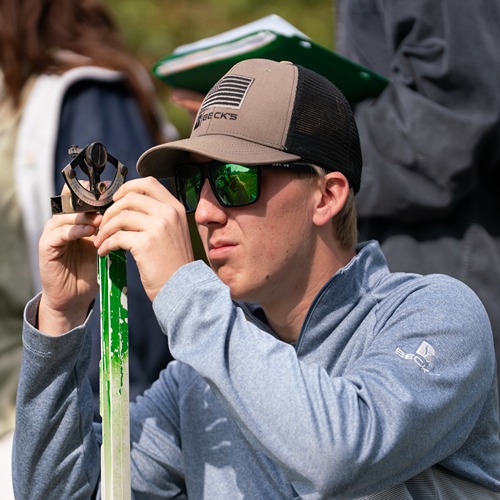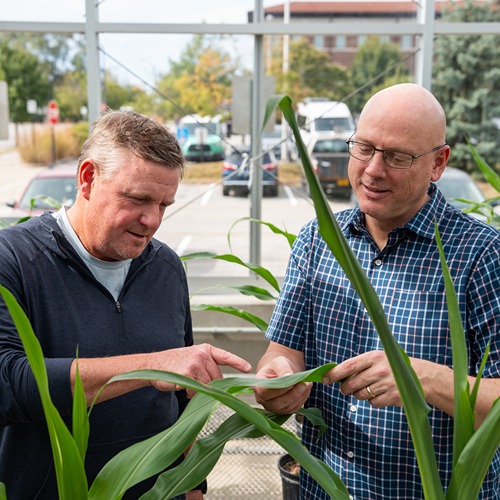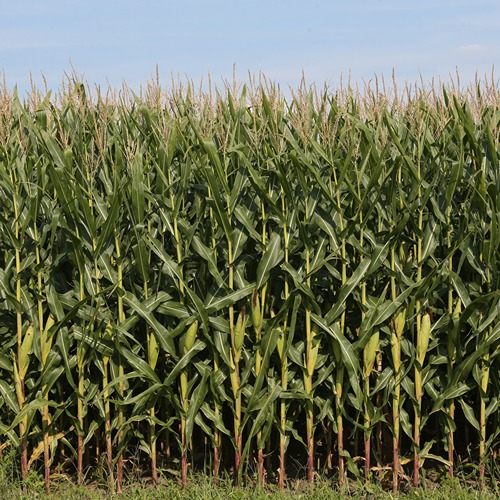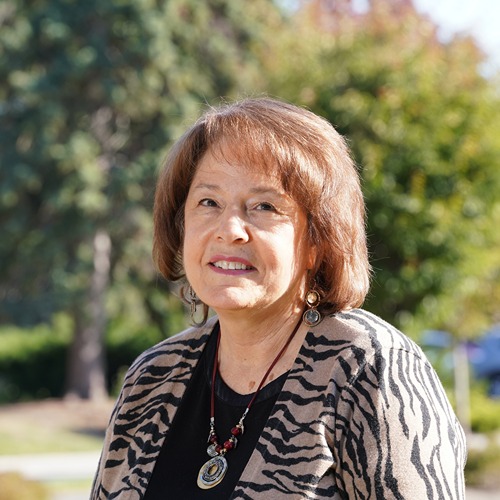Extension Professionals Unite at Historic Climate Action Convening
As an atmospheric river intensified by climate change bore down on the West Coast, more than 40 Extension professionals from across the U.S. and outlying territories gathered in Tucson, Arizona for Cooperative Extension’s first national Climate Action Convening.
A central question guiding the gathering was: “How can we mobilize the U.S. Cooperative Extension system to quickly and effectively contribute to climate change solutions?"
Hosted by the Extension Committee on Organization and Policy’s Climate Program Action Team (Climate PAT), the event’s primary objectives were to:
- Gather and strengthen the network of climate-focused leaders in Cooperative Extension,
- Formulate a climate action plan that will empower Extension, and
- Provide CES with direction to seek funding to develop climate change programs.
The Climate Action Convening was a coordinated effort between Climate PAT leadership team members, with the Extension Foundation providing support. The planning team included Climate PAT Co-Chairs, Roy Beckford (University of Vermont) and Jason Henderson (Iowa State University), Sylvie Brouder (Purdue University), Laura Edwards (South Dakota State University), Ros McCann (Utah State University), and Carrie McKillip (University of Illinois). This convening was supported through a USDA National Institute of Food and Agriculture, Agriculture and Food Research Initiative Competitive Grants Program award number 2024-67019-41467, Foundational and Applied Science Program 2023-08732. Iowa State University Extension provided additional funding through a generous sponsorship.
The gathering brought together individuals from 1862, 1890, and 1994 institutions and leaders from the USDA. Through focused conversations, participants identified opportunities in three areas where Extension is uniquely suited to deliver climate change adaptation and mitigation solutions: communities, natural resources, and working lands.
Learn more about the gathering and key takeaways in the full article from the Extension Foundation.
